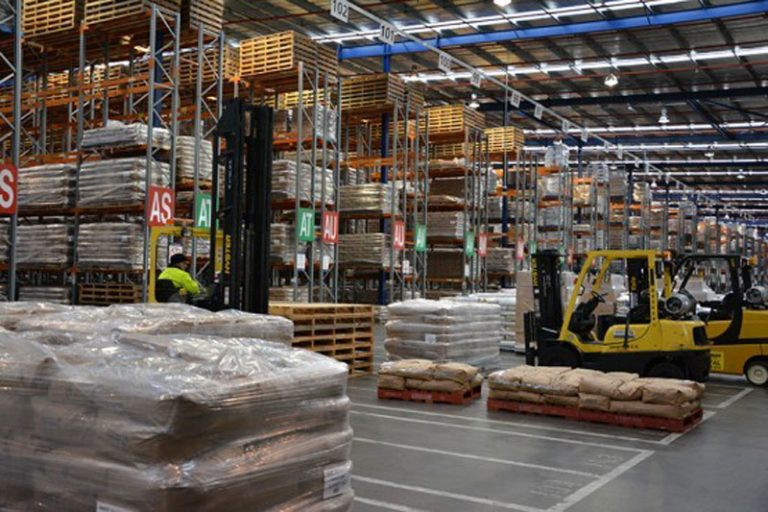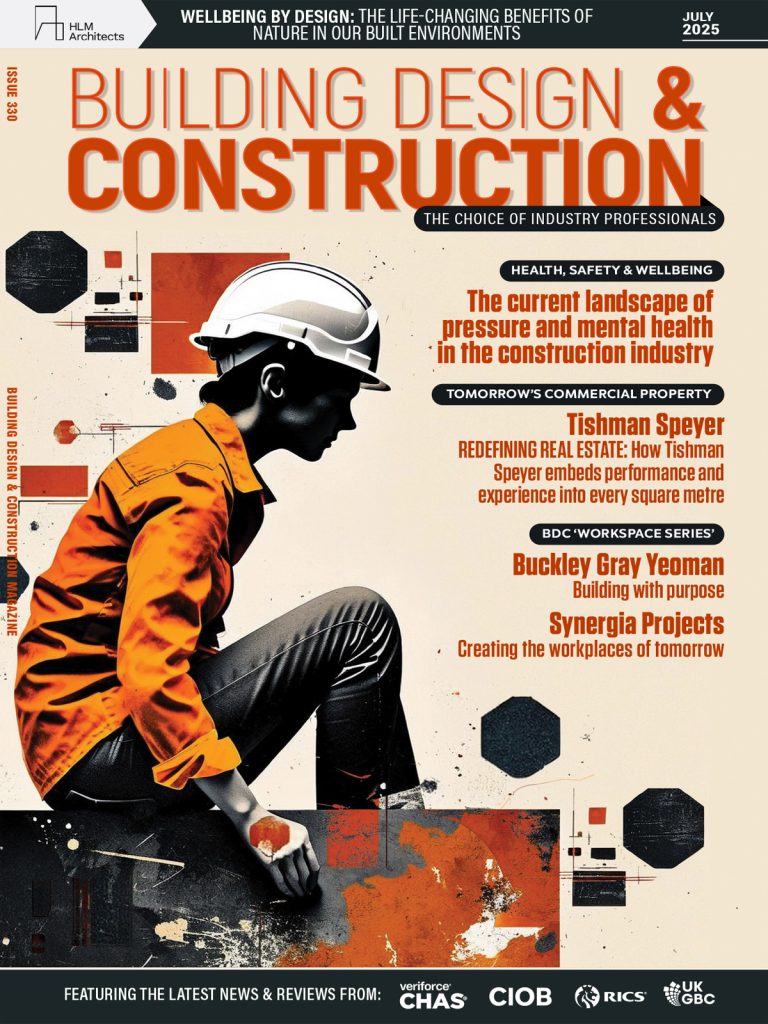“Property may be about product, but it’s also about people,” argues Adrian Sayer, Managing Director of Metrus, a company dedicated to defining both the meaning, and importance of property management in the present day. Oft described as a “modern classic”, Metrus is one of London’s leading property management specialists, offering a synthesis of traditional values within a modern framework, and thus allowing the company to offer a cutting edge service on a personable, interactive and thoroughly transparent level. Established some 35 years ago, Metrus toes the line of being large enough to offer a comprehensive property management service, yet still of a size where a friendly, more personal approach can be offered. Able to fill the gap in the market left by the departure of a number of middle-sized firms, Metrus leads the way in offering this balanced, flexible and yet incredibly professional service required by firms seeking something of a more personal touch yet unavailable from some of the larger, international agency firms. Metrus offers a complete commercial and residential property management service, with about 90% of its current portfolio made up of commercial property. Yet, increasingly the company has been approached by residential clients seeking a like-service and, as such the company has recently laid the foundations for a highly specialised residential department to target this demand. Across these two arenas Metrus offers a vast number of complementary services including: agency, retail, office, lease advisory and asset management service for specific refurbishment and development projects; effectively, the whole package. Originally created from the internal perspective of managing its own property interests, Metrus was born out of the perspective of the client itself and, as such has a profound understanding of both where property management can go right, or wrong. Over the years, this understanding has since been built upon through the acquisition of further, external clients and the diversification of the business out into offering a fully comprehensive service portfolio for clients; yet, to this day, it is this understanding from the customer perspective of what a property manager can offer which defines the organisation’s service to this very day. Building further upon Metrus’ understanding of customer needs is also the way in which the company both sources, nurtures and supports its property management teams. Through the predominant recruitment of individuals possessing extensive experience within the property arena, combined with the company’s ability to retain such individuals, Metrus maintains a position in the industry unlike any other: a position whereupon clients can develop a mutual understanding, a relationship and a cooperative partnership with the team itself. As an industry plagued by low staff retention and fluid career movement, the ability to develop a working relationship with the property manager is one unique to Metrus’ clients. Bringing with it a whole host of benefits such as a pre-emptive, not solely responsive, property management service which can plan for the future needs, expectations and requirements onto and into the future. This enables for a far more collaborative property strategy which goes above and beyond the bare management of an asset, and instead pursues a strategy for maximising the efficiencies and value of the asset itself. As Sayer attests: “Due to the majority of us either having worked in property companies or owning property directly, we understand what clients are seeking and we can fulfil their expectations as well as grow with those clients organically as the business grows forward. It’s absolutely essential and, mostly on the surveying front, many of our clients have also been with us for many many years and they like coming back to the same people who have an increasingly intimate understanding of their properties and needs. “Similarly, on the accounting side it’s a crucial part of property management which always needs to be done well, but often isn’t with other companies. The understanding of what the client needs in terms of day-to-day reporting, wider bank reporting and providing flexibility to the client is also key to how we try to differentiate ourselves from the masses.” Of no surprise, given the company’s approach to working alongside clients, is that much of Metrus’ work comes from recommendation and repeat business with existing clients, going so far as to step on the toes of some of the big agents in offering a service which can offer a solution to many of the challenges its clients have found in past experiences with other property agents. The company’s reputation has also gone so far as to attract quality staff, and quality product to further enhance its own ability to deliver an increasingly competitive service. Retaining such clients, alongside the retention of these key staff members also adds to the quality of the service which Metrus can offer yet further, as Sayer illustrates: “You do need to know your clients, their backgrounds and the types of properties that they’re dealing with. For example, we look after Burlington Arcade and we have a particularly experienced manager who is able to understand a lot of the interaction of the individual operators who, many of them, have been situated in there for many decades now. They need that personal touch, the caring approach but they also need the understanding of the commercial perspective that the client is trying to achieve – it’s trying to achieve that balance between personal approach and also the business side as well. Finding that balance is really important and is one of the key considerations when we’re placing people on individual jobs.” And further adding to the proud reputation of the company is the way in which Metrus increasingly promotes corporate responsibility values across the property portfolio. Having achieved 14001 most recently, Metrus is keen to display its own commitment to sustainability and environmental best practice, whilst simultaneously pushing that process out to clients and encouraging engagement in the process at every possible level: “While, as the landlord, you’re in control of certain resources in the operation of a building, the occupiers are utilising as much, if not















